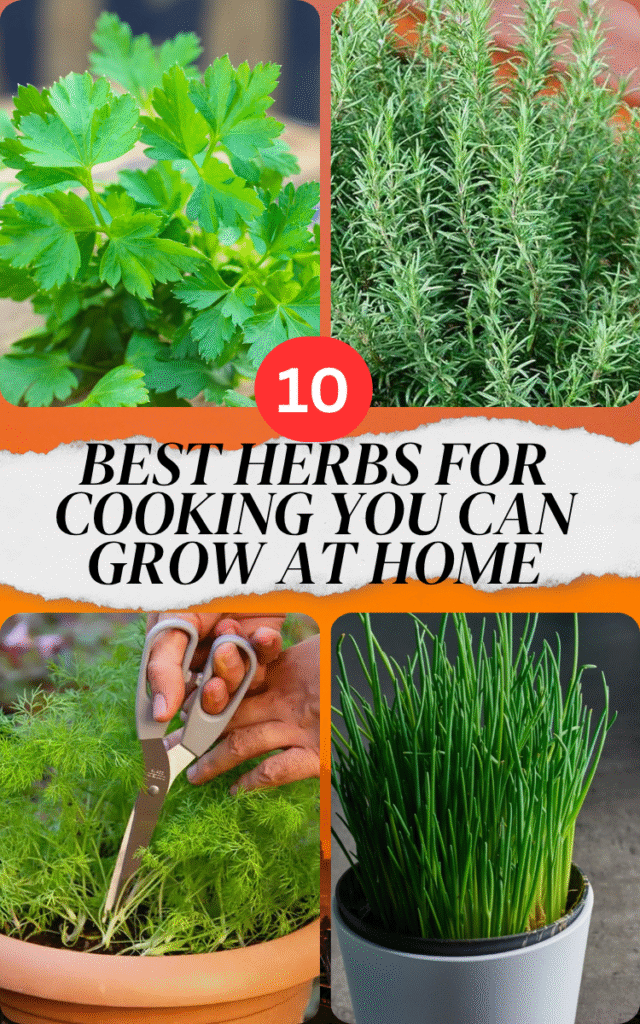
There’s something truly special about adding freshly cut herbs to a dish you’ve just made. The aroma hits first, then the flavor lingers in a way dried herbs can’t quite match. Growing your own herbs isn’t just about saving a few shillings or avoiding extra grocery trips — it’s about bringing a touch of life and freshness into your kitchen. I’ve found that even a small pot of herbs on a windowsill can make everyday meals feel more vibrant and flavorful.
The best part? You don’t need a huge garden or years of experience. Many herbs thrive with minimal attention, making them perfect for beginners or busy home cooks. From the sweet, fragrant scent of basil to the earthy tones of sage, these plants can easily elevate your cooking game. Here are ten of the best culinary herbs to grow at home — each one bursting with personality, flavor, and ease of care.
1. Basil — The King of Kitchen Herbs
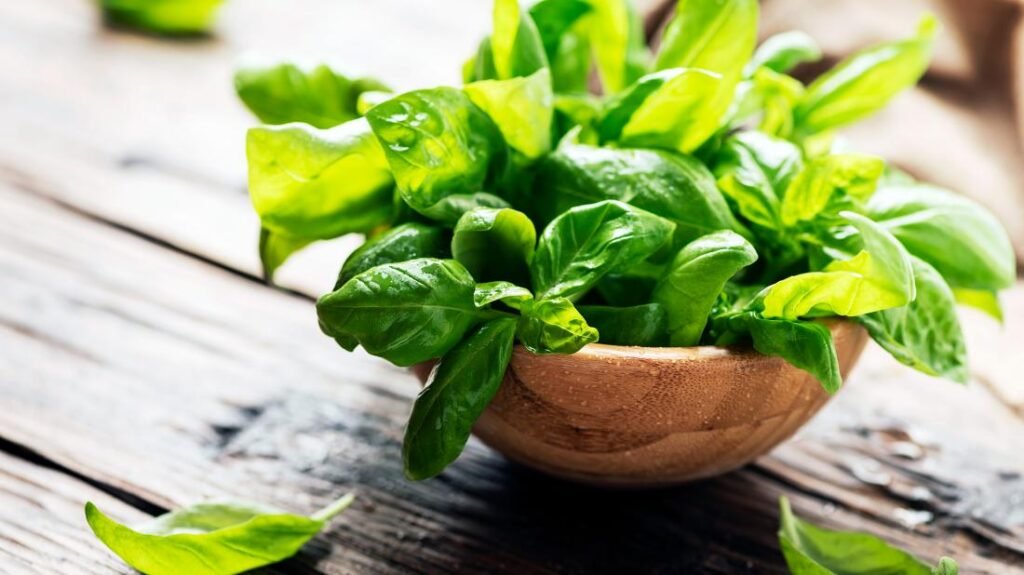
Basil is a true kitchen hero. Its sweet, peppery aroma instantly reminds me of summer and fresh pasta sauces. A handful of basil leaves can transform a simple tomato sauce or salad into something restaurant-worthy. Beyond classic Italian dishes, it’s also fantastic in soups, on pizza, or blended into a bright, fresh pesto.
I like to keep basil in a sunny spot where it gets plenty of warmth because it really thrives in light and heat. It doesn’t like soggy soil, so I make sure the pot drains well and only water when the top layer feels dry. One of the best tricks I’ve learned is to pinch off any flowers that appear. Doing that keeps the plant focused on growing flavorful leaves instead of putting its energy into flowering.
The more you harvest, the bushier and healthier basil becomes. Snipping off stems regularly encourages new growth, so I never hesitate to use it often. It’s a win-win — the plant flourishes, and I get a steady supply of fresh herbs right at my fingertips.
2. Rosemary — A Fragrant Evergreen Favorite
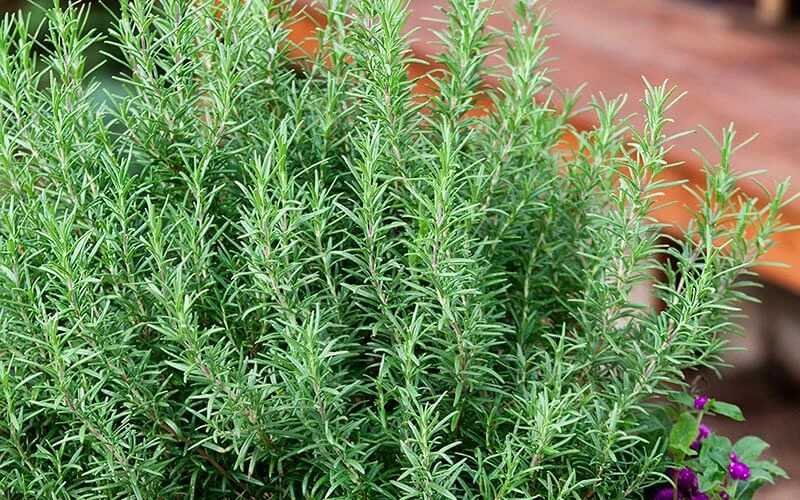
Rosemary has this beautiful piney scent that makes any kitchen smell incredible. It’s bold, earthy, and perfect for adding depth to roasted meats, potatoes, or even freshly baked bread. I love tossing a few sprigs onto a tray of vegetables before roasting — the aroma alone is worth it.
This herb is wonderfully low-maintenance. It loves the sun and actually prefers a bit of neglect over being fussed with. Too much water can make it unhappy, so I let the soil dry slightly between watering sessions. Because it’s an evergreen, rosemary can last for years if cared for well, making it a great investment in your home garden.
Trimming rosemary regularly keeps it full and bushy rather than tall and woody. I like to cut just above a leaf node, which encourages fresh, tender growth. And honestly, there’s something very satisfying about stepping outside, snipping a few sprigs, and immediately using them in a dish.
3. Mint — Refreshing and Fast-Growing
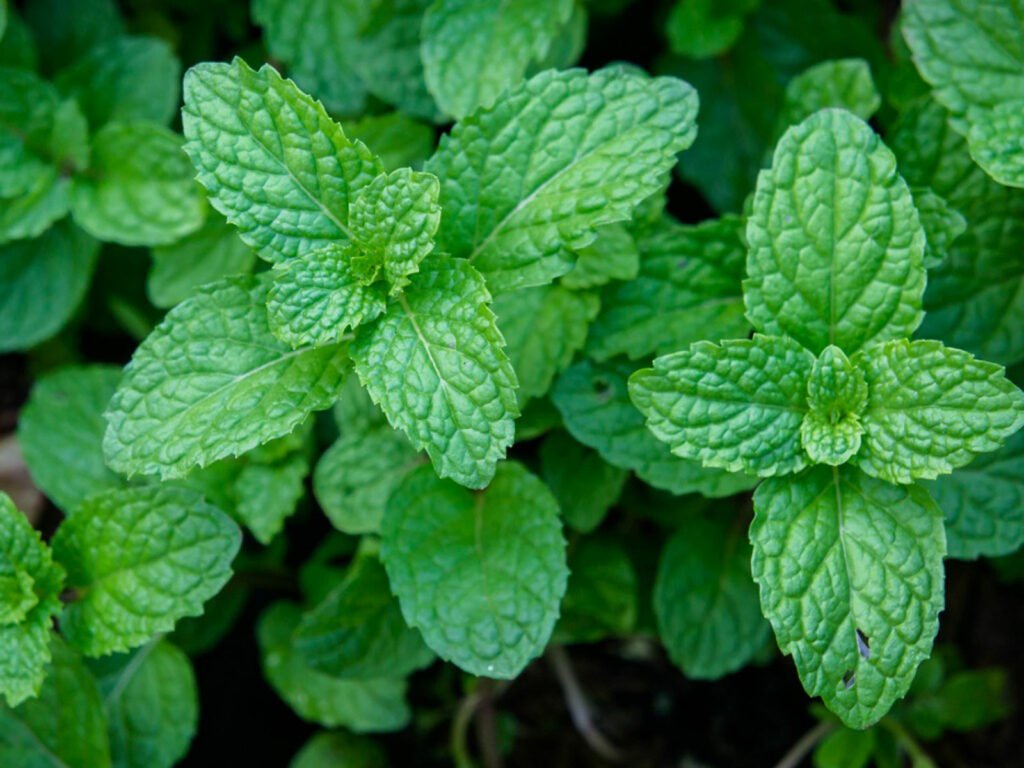
Mint is one of those herbs that practically grows itself. It’s fresh, cool, and just a little sweet — perfect for teas, desserts, and cocktails. I love adding it to lemonade or infusing water with a few leaves for an instant pick-me-up. It also pairs beautifully with lamb, yogurt sauces, and fruit salads.
The only catch with mint is its enthusiasm for spreading. If you plant it in the ground, it will happily take over the entire area. That’s why I prefer growing it in a pot or a separate container. It enjoys moist soil and can tolerate a bit of shade, which makes it a great option for spots where other sun-loving herbs might struggle.
Regular snipping keeps mint from getting leggy and encourages fresh, fragrant leaves. I often cut it back generously, and it bounces right back. It’s one of those herbs that makes you feel like a successful gardener with minimal effort.
4. Thyme — Small Leaves, Big Flavor

Thyme might be tiny, but it packs a punch. Its earthy, lemony notes work so well with soups, stews, poultry, and roasted vegetables. I love sprinkling thyme over chicken before roasting or letting it simmer gently in a broth. It’s a quiet flavor that makes a dish taste more complete without overpowering it.
This herb thrives in sunny spots with well-drained soil. Once established, it doesn’t need much water, making it perfect for those of us who occasionally forget to water plants. Thyme is also great for container gardening, and because it’s a perennial in many climates, it can keep going year after year.
A little trimming goes a long way. I like to harvest sprigs just before the plant flowers — that’s when the flavor is most intense. If you dry thyme, it keeps its fragrance beautifully, making it an excellent herb to store for winter cooking.
5. Parsley — More Than a Garnish
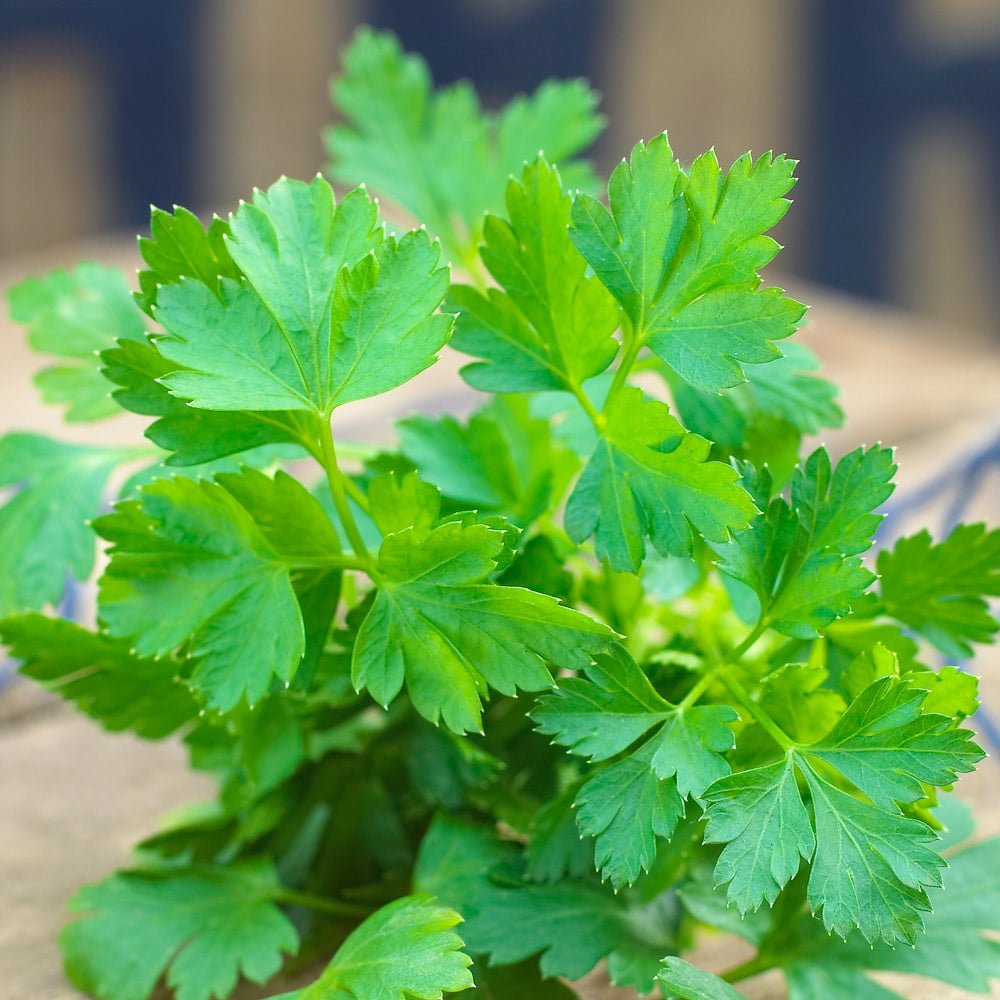
Parsley often gets underestimated, but it’s so much more than a pretty garnish. It has a fresh, grassy flavor that lifts salads, soups, and sauces. A handful of finely chopped parsley can brighten up an entire dish. I especially love adding it to garlic butter sauces or mixing it into tabbouleh for that vibrant, herby finish.
It prefers moist, rich soil and can handle full sun or partial shade, which gives you flexibility in where you grow it. Parsley can take a little longer to sprout, so patience is key at the beginning. Once it takes off, though, it grows fast and gives you plenty to work with.
Trimming it regularly not only gives you more to cook with but also keeps the plant healthy and full. I like growing both curly and flat-leaf parsley — the former for decorative touches and the latter for its bolder flavor.
6. Chives — Mild Onion Flavor for Everyday Use
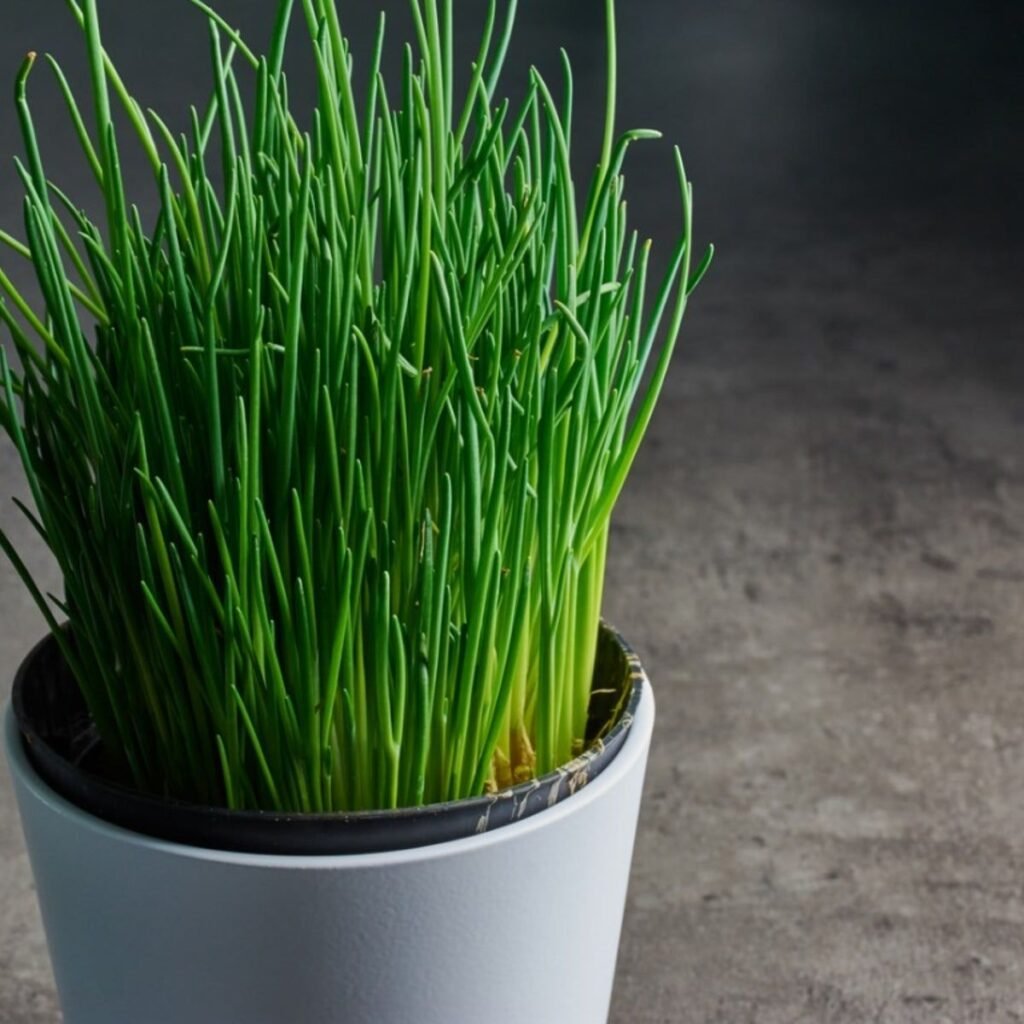
Chives are one of the easiest herbs to grow, and they bring a gentle onion flavor that goes with just about anything. I love adding them to omelets, baked potatoes, soups, and dips. Their delicate flavor gives dishes a fresh touch without overpowering other ingredients.
Chives thrive in sunny spots with well-drained soil. They grow back quickly after cutting, making them a fantastic “cut-and-come-again” herb. I prefer snipping them with scissors rather than pulling to keep the plant healthy and productive.
Another bonus is their beautiful purple flowers in the spring. These are not only edible but also look lovely in a salad. I often leave a few to bloom because they add a little charm to the garden.
7. Oregano — The Heart of Mediterranean Flavor
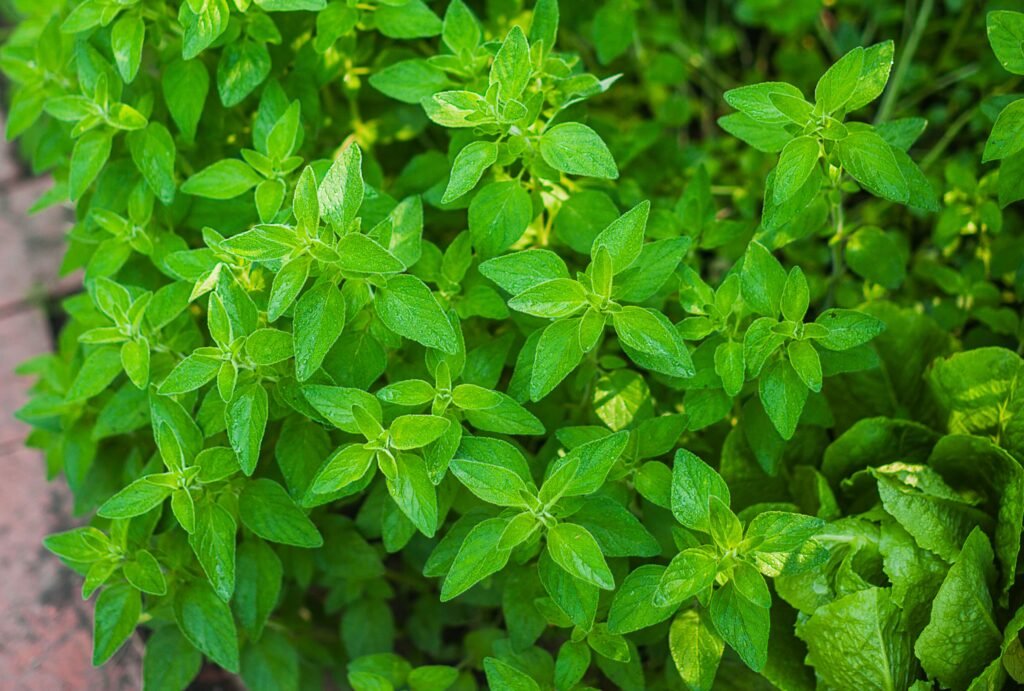
Oregano is the secret ingredient that makes tomato sauces and pizzas taste so irresistible. Its warm, slightly bitter flavor pairs perfectly with Italian and Mediterranean dishes. I often use it in marinades for grilled meats or sprinkle it over roasted vegetables for extra depth.
This herb loves plenty of sun and doesn’t need much water. Oregano thrives in warm, dry conditions, which makes it quite easy to care for. I grow mine in a pot near the kitchen door so I can grab a few leaves whenever I’m cooking.
One of the best things about oregano is how well it dries. I often hang a bunch upside down in a warm spot, and once it’s fully dried, I store the leaves in a jar. They keep their flavor wonderfully, so I always have some on hand even in the off-season.
8. Cilantro (Coriander) — Fresh and Zesty

Cilantro has a bright, citrusy flavor that can instantly liven up tacos, curries, salsas, and noodle dishes. For me, it’s a must-have in the kitchen — a few fresh leaves can make a meal taste fresher and more vibrant. It’s one of those herbs that either people love or don’t, but if you’re a fan, growing it at home is incredibly rewarding.
Cilantro prefers cooler weather and does best in partial shade if it’s hot. It grows quickly but also bolts fast, which means it starts producing seeds early. To keep a steady supply, I like to sow a new batch every few weeks. That way, I can enjoy fresh leaves over a longer period.
When it does bolt, I save the coriander seeds. They’re delicious in their own right and great for seasoning. Plus, they can be replanted, creating a lovely little growing cycle.
9. Sage — Earthy and Aromatic

Sage is one of those herbs that adds warmth and depth to a dish. It’s earthy, slightly peppery, and pairs beautifully with roasted meats, buttery sauces, and hearty autumn meals. One of my favorite things to do is fry sage leaves in butter for a few seconds — the result is crispy, fragrant magic.
This herb loves the sun and doesn’t require a lot of water. In fact, too much water can make it unhappy, so well-drained soil is key. Once established, sage is hardy and can live for years with minimal care.
I like harvesting sage leaves just before they flower for the best flavor. They also dry wonderfully, so you can easily preserve them for future use. Having a jar of dried sage in the pantry feels like a little taste of the garden year-round.
10. Dill — A Tangy Touch for Summer Dishes

Dill brings a tangy, slightly sweet flavor that’s perfect for summer dishes. It’s a star in pickling but also shines with fish, potato salads, and creamy dressings. I especially love mixing fresh dill into yogurt sauce for a cool, herby topping.
It prefers full sun and light, well-drained soil. Dill grows tall and delicate, so it’s best planted in a sheltered spot or supported with a small stake to keep it upright. It’s an annual herb, but it often reseeds itself if you let it flower, making it a lovely surprise each season.
Both the leaves (known as dill weed) and seeds are useful in cooking. I like to harvest the leaves young when they’re most tender and fragrant, then let a few plants go to seed for future pickling adventures.
Bonus Tip: Combining Herbs in a Kitchen Garden
Herbs love growing together — and it can look beautiful too. I often pair basil and parsley in one pot since they enjoy similar growing conditions. Mediterranean herbs like rosemary, thyme, oregano, and sage thrive side by side in sunny, dry spots. Mint, however, is best kept separate to keep it from overrunning the others.
If space is tight, containers and hanging baskets work wonders. A small herb garden on a balcony, patio, or windowsill can provide more than enough fresh herbs for everyday cooking. And the best part is, you can harvest as you need — no more half-used bunches wilting in the fridge.
To keep flavors vibrant, I like to store extra herbs by drying or freezing them. Some herbs can also be infused into oils or butter, which adds an extra layer of flavor to meals even when fresh herbs aren’t available.
Final Thoughts
Growing your own cooking herbs is one of those simple pleasures that never gets old. It turns your kitchen into a more flavorful, more creative space. Instead of relying on dried store-bought herbs, you get to enjoy vibrant flavors straight from the plant — and that alone can elevate any dish.
You don’t need a large garden or a green thumb to make it work. A few pots on a sunny windowsill are enough to get started. And once you taste the difference, there’s no going back.
These ten herbs are a great place to begin, and before long, you might find yourself experimenting with even more. After all, fresh herbs have a way of turning everyday cooking into something truly special.

